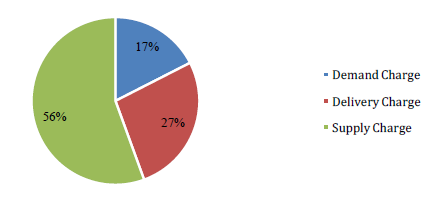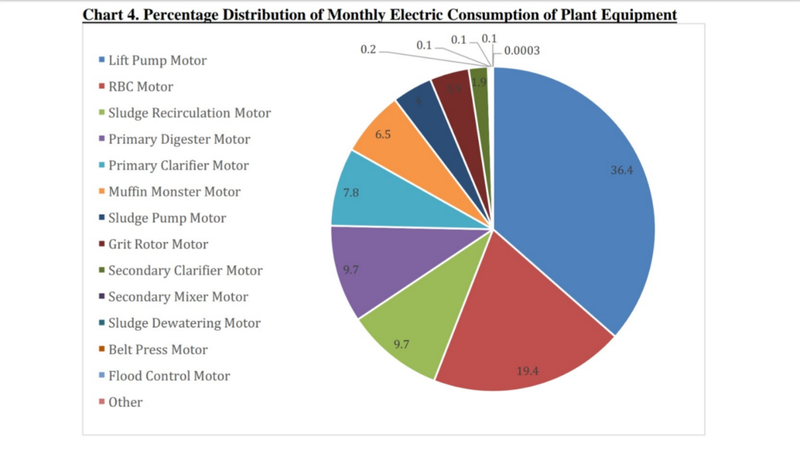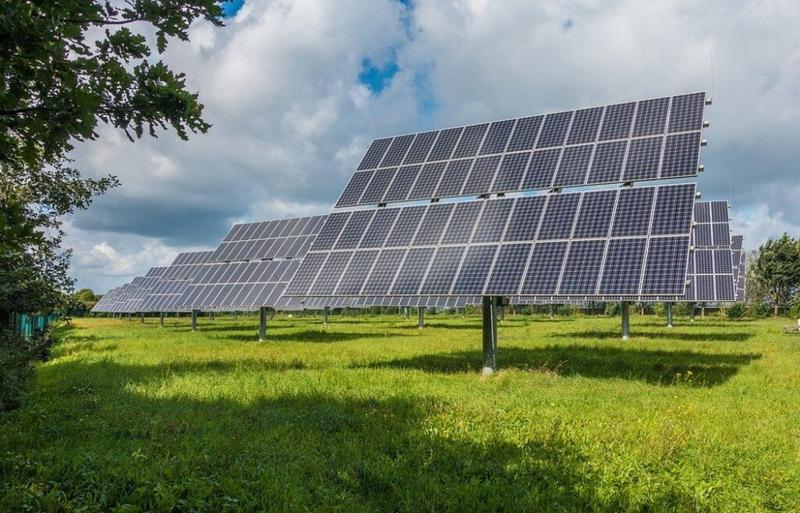
In the world of Microgrids, major events continue to unfold in 2020: Microgrid Knowledge conducted its first Virtual Conference, The US House Select Committee on the Climate Crisis released a road map with microgrids as part of the solution, and Microgrid interest and investment is at an all-time high. Global warming and the COVID-19 pandemic are forcing major industries to reconsider their reliance on the main utility grid for electricity and assess how microgrids can help reduce that reliance while improving sustainability and resiliency.
First, What is a Microgrid?
A Microgrid is a self-sufficient energy system that serves a local customer separate from the main electric grid. Think back-up power but in a full circle, more complete approach often using renewable power resources placed on-site. A microgrid utilizes a combination of technologies typically made up of renewable energy technologies (but not always)such as solar panels, wind turbines or biogas processes, a storage system (battery) and/or back-up power (generator) to allow a company, industrial park, campus, apartment complex, condominium community or other entity become less reliant on the main utility grid for power – especially in times of storms, peak demands or other challenges to the main power grid. Microgrids can establish a higher level of resiliency.
Microgrid Knowledge Virtual Conference
Microgrid Knowledge is a source and resource for information regarding Microgrids. Microgrid Knowledge holds an annual conference, typically in person, focusing on industry advancement and news. Instead of canceling the conference, the group decided to conduct its first every virtual conference. For three (3) days, hour long sessions were conducted on a range of topics with expert speakers discussing ground breaking technologies, recent success and the future of microgrids, as well as other topics. The conference succeeded in informing viewers on the wide range of information regarding microgrids, with the goal of making the technology more common in society.
Congressional Action Plan for a Clean Energy Economy and a Healthy and Just America
Released in June 2020, The Congressional Action Plan focuses on the Climate crisis facing the Country and lays out guidelines on how to solve it. One focus is building a cleaner and more resilient electricity sector. The report noted that the current utility grid in the United States is reliant on fossil fuel usage, is built on outdated and aging infrastructure and is extremely vulnerable to extreme weather, trade wars (oil) and terrorist attacks. To improve the current utility grid, a great deal of time and effort will be spent by all forms of government going forward. In the mean-time, the advancement of Microgrids can lessen the burden on the main utility grid and move towards greener energy sources. By installing microgrids, companies and businesses could be able to lessen their reliance on the main utility grid which allows them to stay operational when the main grid is out of service. During extreme weather, the main utility grid can be out of service for weeks at a time, companies without microgrids would have to scramble for last minute fixes to ensure they stay as operational as possible. Microgrids that utilize solar power, wind power and battery storage units can stay operational for longer periods of time, allowing companies to stay in business during hurricanes and other natural disasters. Congress has acknowledged these benefits and included the investment in microgrids as a main ability to reach the goal of a clean energy economy and a health and just America.

Who is Already Utilizing Microgrids?

In many areas of the world, microgrids are being installed to combat extreme weather and reduce reliance on fossil fuels.
In remote, isolated areas like Hawaii and Northern Canada, microgrids allow communities to gain access to electricity during harsh seasonal weather and fuel shortages. Solar power and wind power are in abundance in these areas compared to transporting fossil fuels from far away locations.
California is turning to microgrids as main utilities struggle with drought conditions, rolling blackouts and forest fires. The main utility grid in California is subject to blackouts in an effort to prevent forest fires due to high winds damaging power lines. Microgrids allow for business and companies to stay online during these required and mandated blackouts.
The United States Military are investing in microgrids at bases and other facilities throughout the country as means to remain operational in the event the main grid is unavailable during a national crisis.
As industry continues to invest in microgrid installations, the technology will continue to improve while cost of installation decreases.
Partner with Walden
Walden Environmental Engineering through extensive knowledge with regulatory requirements and the benefits of Microgrids can help your company determine if Microgrids are right for you. Energy audits and calculations, performed by one of Walden’s expert engineers can help support the business case that a Microgrid approach can be a benefit for your facility, school or community. Call Walden to discuss your project needs at 516-624-7200.
Thank you and stay safe.



